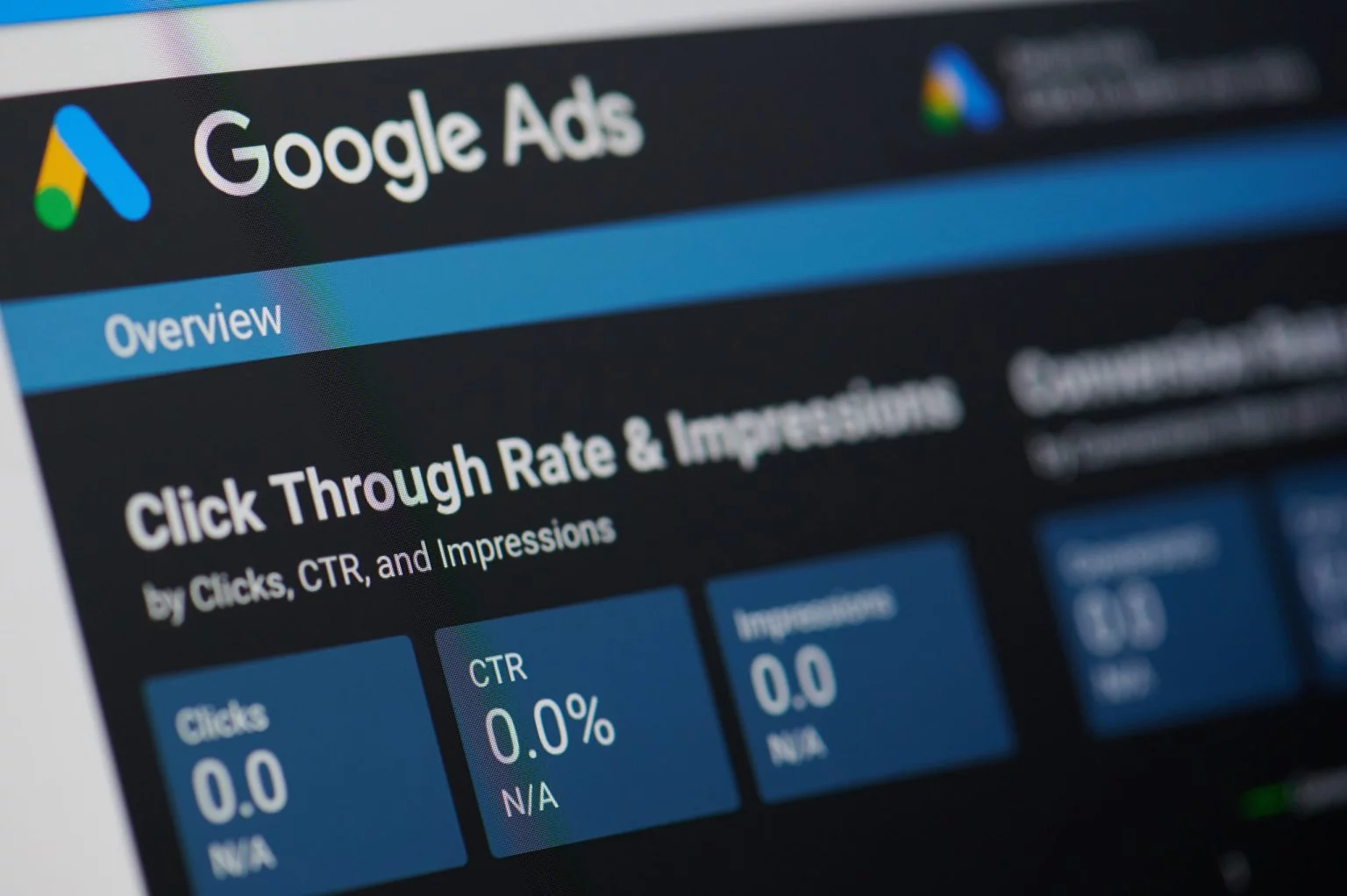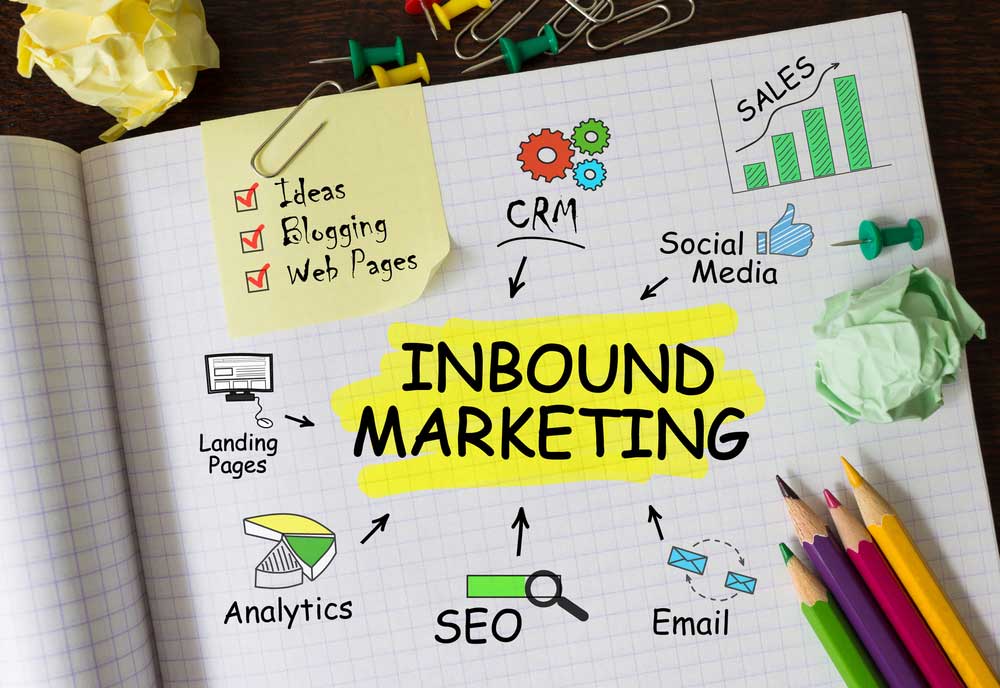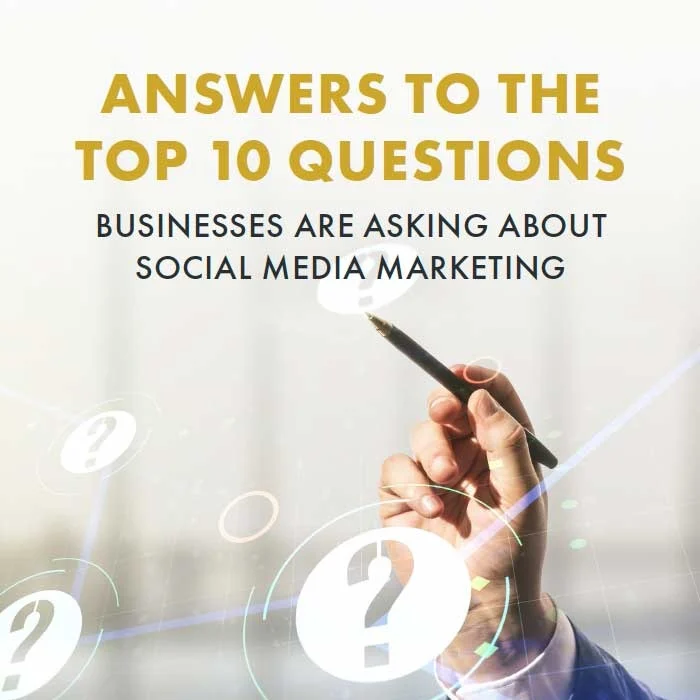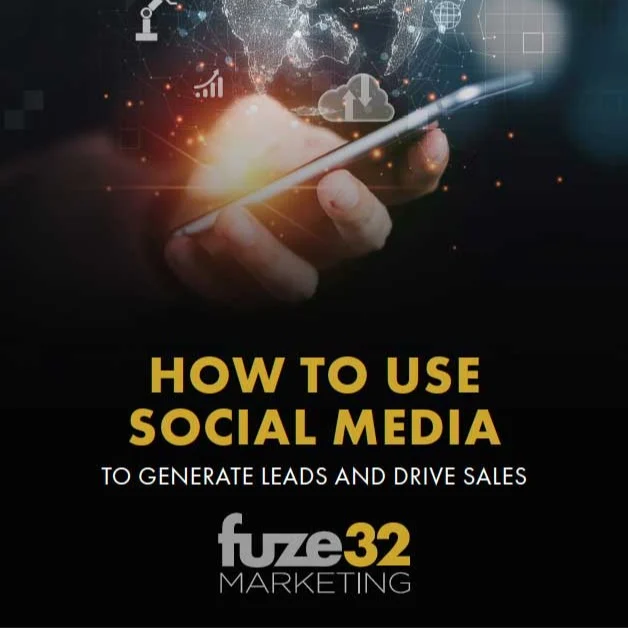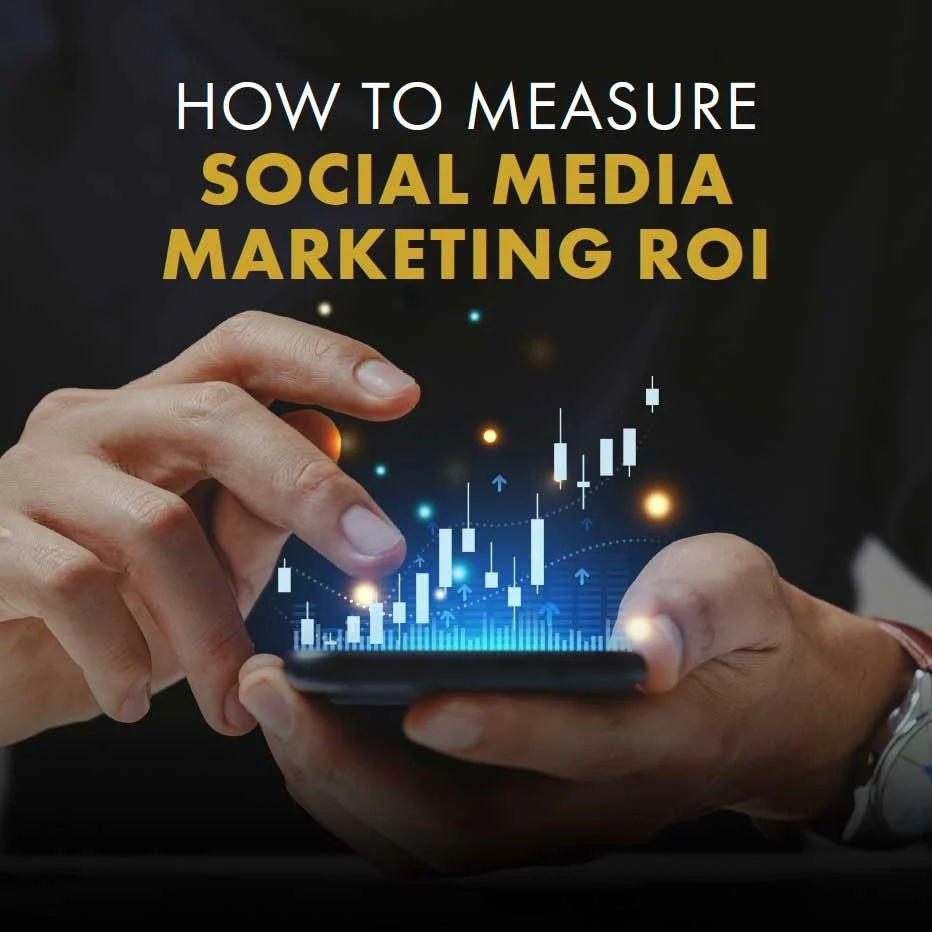Originally Posted 12/10/20 - Updated for accuracy and freshness on 1/11/24
There are two primary schools of thought when it comes to a marketing perspective. One looks at the validity and quality of a product or service and the other addresses the customer that is being targeted via the marketing process. As a business owner in an increasingly commoditized world where customers can find virtually any product online, how do you stand out above your competitors?
As the competitive landscape tightens, distinguishing yourself within your industry grows increasingly challenging. A pivotal question arises: Should your focus lean towards enhancing your product or prioritizing your customer for more effective differentiation?
Product-Focused Marketing
Product-focused marketing places all the emphasis on the products being sold. This means factors like price, selection, product usefulness, availability, and innovation are all important in building the brand message. The focus is to celebrate the features of a product and hope that those features are what will bring customers in the door or to the website. The benefit to the consumer is often implied and it's left up to the consumer to make the connection. When a target consumer is specifically looking for particular features, then the campaign can be very effective. When the product selection in a marketplace is crowded, however, it's much more difficult for the campaign to drive the results a business owner may be wanting.
Customer-Focused Marketing
This style of marketing places all the emphasis on the target customer. It seeks to develop relationships with them, showing that the business understands their needs, desires, and concerns. A business's goal is to delight customers with an experience that sets the company apart from others via high levels of excellent customer service. Building a brand with a customer-focused message bypasses the services and products themselves and hones in on the person buying the service or product. Products can be niche specific and while the price is a factor, it is less of one.
The primary goal of customer-focused marketing is to become the best in 'wowing' a customer - the emphasis isn't on what they are buying, but rather on how they are treated while they do so.
Which Option is Best?
Is it more advantageous in today’s market to be product-focused or customer-focused? In an age of online purchases, where many products can be found from a wide variety of places, with fewer differences in quality all the time, or where consumers are willing to sacrifice quality for the price, the product-focused business is being forced to evolve. Many product-focused businesses are now examining their strategies to create a more customer-centric edge, lifting them above their product-focused competitors. This strategy seems to be working.
Consider one great example of this in action by looking at KFC vs Chick-Fil-A:
KFC has a decent product. It’s not bad, but it’s fast food. There is no customer experience to write home about. It is just one drop in a sea of fast food options. Its uniqueness comes from its niche product specialty of featuring chicken only, no burger or fries. KFC does pretty well and a franchise will bring in an average of $1.2 million yearly.
Chick-Fil-A decided to change the ballgame and differentiate itself from the many fast-food chicken options. They focused on the quality of their product, just like KFC, but didn’t stop there. They built a customer-centric business model. Their goal is to ensure every single customer is delighted when they enter their restaurant or go through their drive-through. This consequently has yielded amazing financial results. Each Chick-Fil-A franchise makes an astounding $4.2 million yearly, even with being closed one full day a week. They chose to invest in their customer service over their product only, which earned them more than double the profit enjoyed by KFC.
Customer vs. Product-Focused Marketing:
A Quick Assessment
The following set of questions serves as a compass for business owners navigating this crucial dichotomy. By introspectively examining key aspects, such as target audience alignment, responsiveness to customer feedback, and the emphasis on personalized experiences, you'll gain valuable insights into the orientation of your marketing strategy. Whether you're aiming to fortify customer relationships, enhance satisfaction, or boost overall brand resonance, these questions are designed to guide you toward a marketing approach that places your customers at the forefront. Let's delve into the assessment, ensuring your strategies resonate with and cater to the evolving needs of your audience.
1. Who is our target audience?
Assess whether your marketing strategies are designed with a specific audience in mind. A customer-focused approach ensures that your efforts align with the needs and preferences of your target customers.
2. Are our marketing messages addressing customer pain points?
Evaluate whether your marketing content speaks directly to the challenges or desires of your customers. A customer-focused strategy involves understanding and addressing the problems your audience wants solutions for.
3. How do we gather and incorporate customer feedback?
Determine whether you actively seek and listen to customer feedback. A customer-focused approach involves continuous feedback loops to adapt and improve based on customer input.
4. What value does our product/service bring to customers?
Assess whether your marketing emphasizes the value your product or service provides to customers. A customer-focused strategy focuses on communicating benefits and solutions rather than just features.
5. Are we using customer testimonials and success stories in our marketing?
Consider whether your marketing incorporates real-life stories and testimonials from satisfied customers. This adds authenticity and builds trust, reinforcing a customer-focused perspective.
6. How personalized is our marketing content?
Evaluate the level of personalization in your marketing efforts. A customer-focused approach tailors content to individual needs and preferences, creating a more engaging and relevant experience.
7. Do we prioritize customer experience in our marketing funnel?
Analyze your marketing funnel to ensure it prioritizes a positive customer experience. A customer-focused strategy involves making the customer journey seamless, enjoyable, and user-friendly.
8. Are we actively engaging with our audience on social media and other platforms?
Consider whether you actively engage with your audience on social media and other relevant platforms. Customer-focused marketing involves building relationships and participating in two-way communication.
9. How do we handle customer complaints or issues?
Assess your approach to handling customer complaints or issues. A customer-focused strategy involves addressing concerns promptly and finding solutions to ensure customer satisfaction.
10. What metrics are we prioritizing in our marketing analytics?
Review the metrics you prioritize in your marketing analytics. A customer-focused approach goes beyond sales numbers and includes customer-centric metrics like satisfaction, retention, and lifetime value.
By asking these questions, business owners can gain insights into whether their marketing strategies are truly customer-focused or if there is room for adjustments to better meet customer needs and expectations.
Customer-Focused Marketing is Key
As is exemplified in the comparison above, today’s market responds better to extraordinary customer service. Customers are now accustomed to being able to access products from the palm of their hand via their smartphone. Therefore, you as a business owner must stand out another way, by wowing your customers with customer-focused business marketing. So the question for you to consider is... how can you raise the bar on your customer experience without sacrificing quality? Do that... and customers will remember and respond.


.webp)







